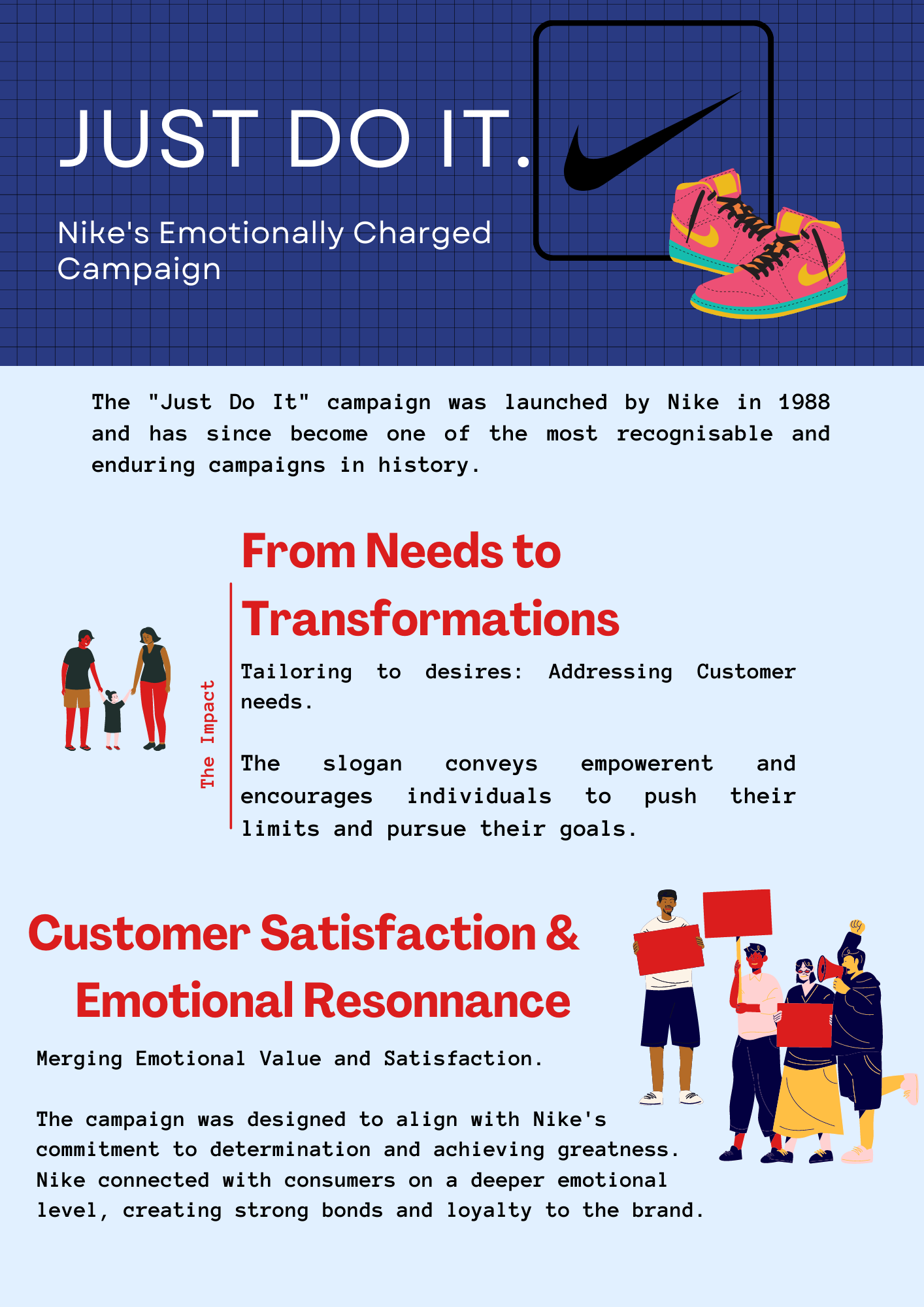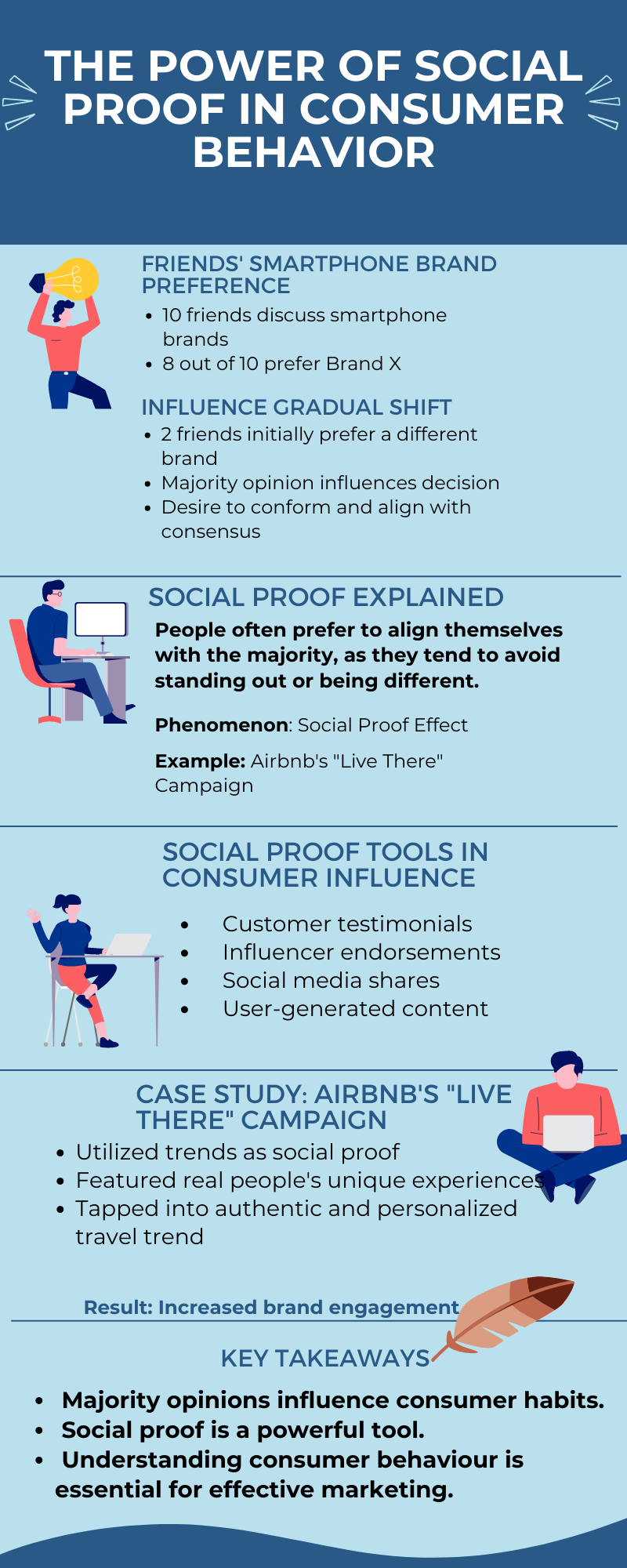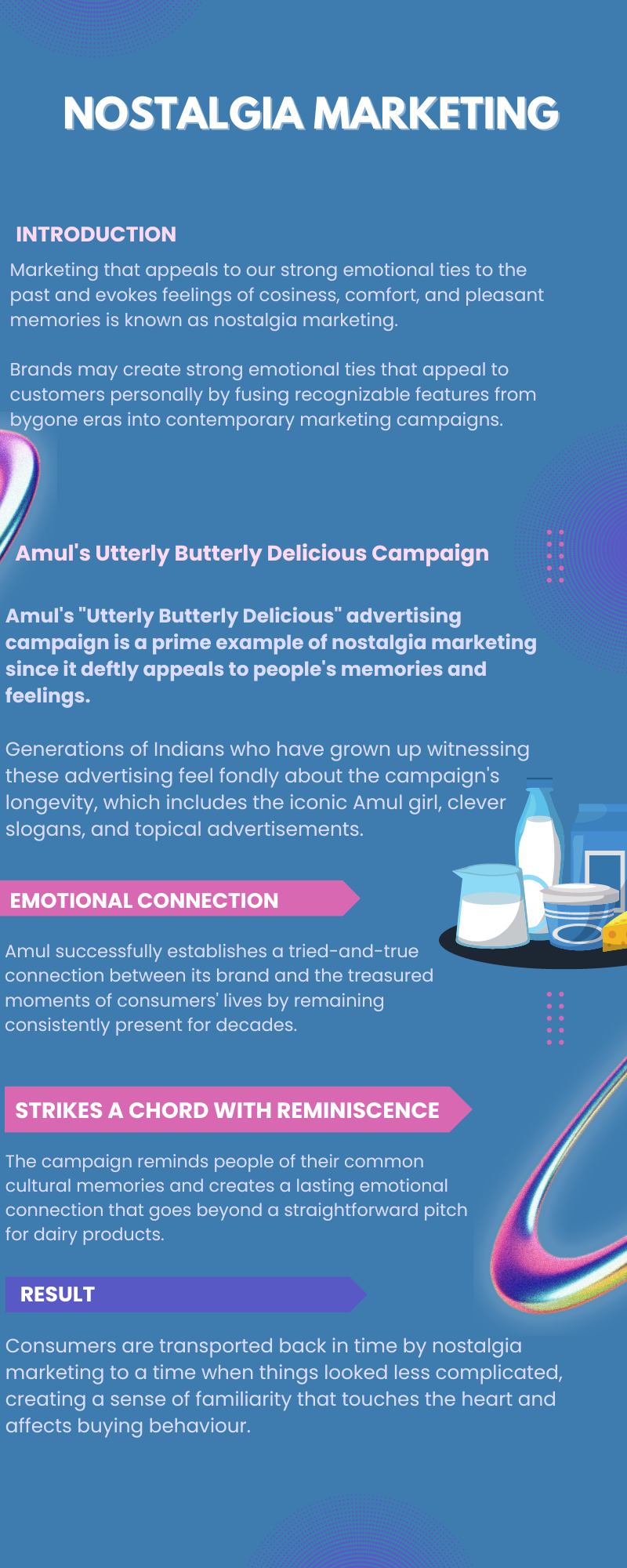Consumer Psychology is a specialised discipline that seeks to understand the impact of people’s thoughts, beliefs and perceptions on their purchasing patterns and their connection with goods and services.
As rational and critical thinkers, we look for products that truly satisfy us. While making a purchase it is not just the functional aspects that lure us in making the purchase. There are underlying psychological factors (along with other factors) at play, whether it be an impulse or a planned purchase.
By understanding the diverse consumer attitudes, motivations and desires, marketing teams can create product positioning, effective messaging and even design choices that relate to consumers the most. Other than helping organisations determine better marketing and product alignment strategies, consumer psychology holds more weight than that. Consumer psychology can help consumers for bringing change in behaviours and preferences and lead consumers to live a better life and make the right decisions.
This article uncovers the hidden forces behind consumer behaviour and how marketers leverage these modern marketing insights to build compelling campaigns.

Market Research and Designing
Consumer psychologists highly contribute to the marketing industry, conducting research to understand consumer behaviour and preferences.
By gathering insights into how the human mind interacts with marketing campaigns, they assist in creating detailed customer personas (representations of a company's ideal customer). These personas help the marketing team better understand the unique needs, preferences, and behaviours of different customer segments, ultimately driving customer loyalty and increasing sales.
Marketing campaigns need to be tested before launching. Testing helps them quickly identify strategies that work best for different customer personas of different segments. Split testing (A/B testing) in marketing is the process of comparing multiple variations of an element or campaign to determine which one performs better in driving desired outcomes. Accordingly, they modify efforts to improve the customer journey and sales funnel.
Creating Effective Advertising
These days, a lot of ads aren't seen as trustworthy, so people try to avoid them. But companies keep spending more money on these ads. Instead of learning from this, they often keep making ads that only talk about their products. While the ads that really capture people's interest are the ones that are fun, entertaining, and relatable.
Consumer psychology equips marketing teams with valuable insights into the customers' minds, enabling them to create effective actions that entice us to make those satisfying purchases. Consumer psychologists compile their research on customer personas, testing and consumer interests and pass it on to the marketing team. The next task is to come up with a strategy for a campaign that resonates with the consumers, evoke desired emotions and results in conversion.
Consumer Psychology in Action
Emotional Appeal:
The idea here is to target the emotional factors that can change how people perceive a product and then demonstrate how it caters to their needs and positively change their lives. However, it is also crucial to equally prioritise customer satisfaction as both emotional value and customer satisfaction play essential roles in the decision-making process.
Example:
Nike's "Just Do It" Campaign: The "Just Do It" campaign was launched by Nike in 1988 and has since become one of the most recognisable and enduring campaigns in history. The slogan conveys empowerment and encourages individuals to push their limits and pursue their goals. The campaign was designed to align with Nike's commitment to determination and achieving greatness. Nike connected with consumers on a deeper emotional level, creating strong bonds and loyalty to the brand.

Trend as a Social Proof:
Imagine a group of friends discussing their preferred smartphone brand. Eight of ten individuals express their loyalty to Brand X, highlighting its superior features, reliability, and overall user experience. Even though two people initially favoured a different brand, the overwhelming majority opinion gradually influenced their decision-making process. The desire to conform and align with the consensus becomes stronger, ultimately leading them to choose Brand X as well.
The influence of popular or majority opinions on consumer habits is a compelling aspect of consumer behaviour. People often prefer to align themselves with the majority, as they tend to avoid standing out or being different. This phenomenon, known as the social proof effect, serves as a powerful tool for influencing consumers. This includes customer testimonials, influencer endorsements, social media shares, and user-generated content.
Example:
Airbnb's "Live There" Campaign: Airbnb used trends as social proof by featuring real people and their unique experiences in their marketing campaigns. By highlighting how Airbnb allows users to live like locals, they tapped into the trend of authentic and personalized travel experiences, which resonated with consumers and drove brand engagement.

Nostalgia Marketing:
Marketing that appeals to our strong emotional ties to the past and evokes feelings of coziness, comfort, and pleasant memories is known as nostalgia marketing. It makes use of the idea that customers frequently want to relive or establish a connection with things from their past, including products, events, and cultural references. Brands may create strong emotional ties that appeal to customers on a personal level by fusing recognizable features from bygone eras into contemporary marketing campaigns. Consumers are transported back in time by nostalgia marketing to a time when things looked less complicated, creating a sense of familiarity that not only touches the heart but also affects buying behaviour.
Example:
Amul's Utterly Butterly Delicious Campaign: Amul's "Utterly Butterly Delicious" advertising campaign is a prime example of nostalgia marketing since it deftly appeals to people's memories and feelings. Generations of Indians who have grown up witnessing these advertising feel fondly about the campaign's longevity, which includes the iconic Amul girl, clever slogans, and topical advertisements. Amul is successful in establishing a tried-and-true connection between its brand and the treasured moments of consumers' life by remaining consistently present for decades. The campaign strikes a chord with reminiscence, reminding people of their common cultural memories and creating a lasting emotional connection that goes beyond a straightforward pitch for dairy products.

Maslow's Hierarchy of Needs:
Maslow's Hierarchy of Needs theorised human has universal needs portrayed as a pyramid, with the basic needs at the bottom and higher-order psychological needs at the top. It describes human behaviour and desire to fulfil according to different degrees of emergency and the will to achieve higher goals.

Brands can use Maslow's Hierarchy of Needs by progressing through steps of satisfaction: ensuring products meet necessities, prioritizing safety, fostering belonging, promoting inclusivity and shared identity, and inspiring customers' passions. Aligning offerings with these needs builds emotional connections, driving loyalty.
Example:
Apple's "Think Different" Campaign: Apple's iconic "Think Different" campaign appeals to the self-actualization need by celebrating innovators and encouraging people to embrace their unique qualities. The campaign encourages individuals to aspire to greatness and think beyond conventional boundaries.
Velvet Rope Strategy:
Velvet rope strategy marketing refers to fostering loyal customers from the existing user base by creating exclusivity with services or product offerings. Instead of improvising on new leads and sales, it helps brands acquire the best customers from the existing customer base. Such strategies make people curious about exclusive deals that create a sense of emotional desire for elite standing and luxury.
Example:
Clubhouse's Invite-only strategy: Clubhouse's popularity in a short time serves as a great example. To look into how they achieved the milestone, among other factors, the feature of exclusivity/invite-only memberships constructs a sense of trust among the new users and leads to a higher conversion rate.
Free Gifts and Influencer Marketing:
The freemium pricing model and influencer marketing are also a part of the marketing campaign. Influencer marketing is a popular marketing trend in social media, where they leverage their influence to endorse products. People look up to their favourite models and follow them. This is very cost-efficient and has quick and better results than other marketing methods. It only focuses on advertising their products and making us use that product so that we can further advertise them among our circles.
Example:
Tobacco companies have historically distributed free samples of tobacco products as a part of their marketing strategy to make people habitual and later sell for a price. This marketing strategy is traditional and even influencers are adapting to this strategy.
Urgency Scarcity:
Fear Of Missing Out (FOMO) can be one of the most powerful motivators for customers to buy a product. Brands can achieve this by creating a sense of scarcity and urgency. For brands, the best way to sell products is by creating urgency for a limited time and offering discounts for a limited number of people. This way, people find it appealing and take that their products are in high demand, which can increase consumer desirability and encourage purchases.
Example:
Amazon Prime Day: Amazon's annual Prime Day event is a prime example of how the urgency scarcity technique can drive sales. During Prime Day, Amazon offers a wide range of discounted products for a limited time, often just 48 hours. The time-limited nature of the event creates a sense of urgency, compelling customers to take advantage of the deals before they expire. Amazon also employs countdown timers and real-time notifications to remind customers of the time remaining for the offers. This strategy has consistently led to a surge in sales during the Prime Day event.
Also, read my other blog concerning copywriting and using AIDA model to craft a compelling marketing copy.
Conclusion:
These are just a few examples of how marketers use consumer psychology to influence consumer behaviour. By understanding consumer behaviour and incorporating these ideas into their marketing campaigns, brands can increase engagement, improve revenue, and establish a loyal customer base. I hope you utilize these psychological strategies to come up with a marketing strategy that suits your brand.
Thank you for reading this article. If you have any suggestions or inquiries, please comment below.
